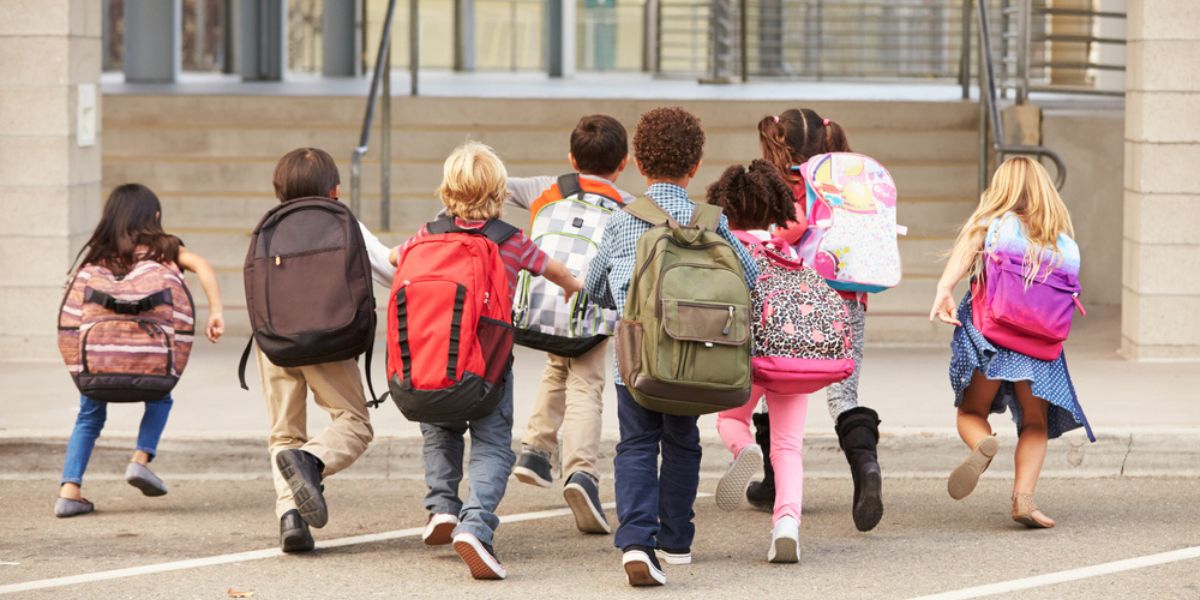
Less attention to schedules, homework and bedtimes can often make summer an enjoyable break from the regular routine. However getting children and teens back into the groove as the school year approaches can be a tough adjustment. Sansum Clinic pediatrician Marilyn Mendoza, MPH, MD explains that some anxiety before the school return is normal for children. Dr. Mendoza shares some tips to help ease your child back to the classroom.
Talk through some of the things your child is most nervous, sad or unhappy about, and brainstorm some solutions. Remind them to take deep breaths to help manage big emotions. Remind them of other times they were brave or showed strength in a difficult situation.
Share your own thoughts and emotions in a healthy way, expressing how the return can be difficult for everyone. For example, you can say “I had so much fun with you this summer. I will feel sad to be apart from you for school days, but I am also excited since I know it will be a fun place for you to learn and enjoy being with your friends.”
Write out the school schedule on paper, in whatever manner best suits your family (paper, whiteboard, computer.) Expand on parts of the routine which might be more challenging for your child. For instance, if getting ready in the morning is hard, break down the steps in more detail (getting dressed, eating breakfast, brushing teeth, packing up backpack, etc.) Sticking to a regular schedule helps build confidence, instills self-discipline and provides a sense of security.
Incorporate a little reading and writing into your summer days, whether that looks like reading out loud together, setting aside some quiet time to read or doodle, visiting the library, or journaling about your summer fun.
Reconnecting with school classmates is one way to get children excited about the return to school.
When the first day of school arrives, keep your goodbyes short, and offer reassurance, love and positivity that they will be OK. Ask them for the “highs and lows” of each school day, praising their successes and talking through their struggles.
At the start of school, try to ensure that children are getting enough regular physical activity. If your child does not participate in sports, consider a neighborhood bike ride, an after-dinner walk or a park visit.
Stay hydrated. The American Academy of Pediatrics recommends water as the drink of choice. Children ages 1-3 years need approximately 4 cups of beverages per day, including water or milk. This increases for older kids to around 5 cups for 4-8 year olds, and 7-8 cups for older children.

Dr. Marilyn Mendoza >